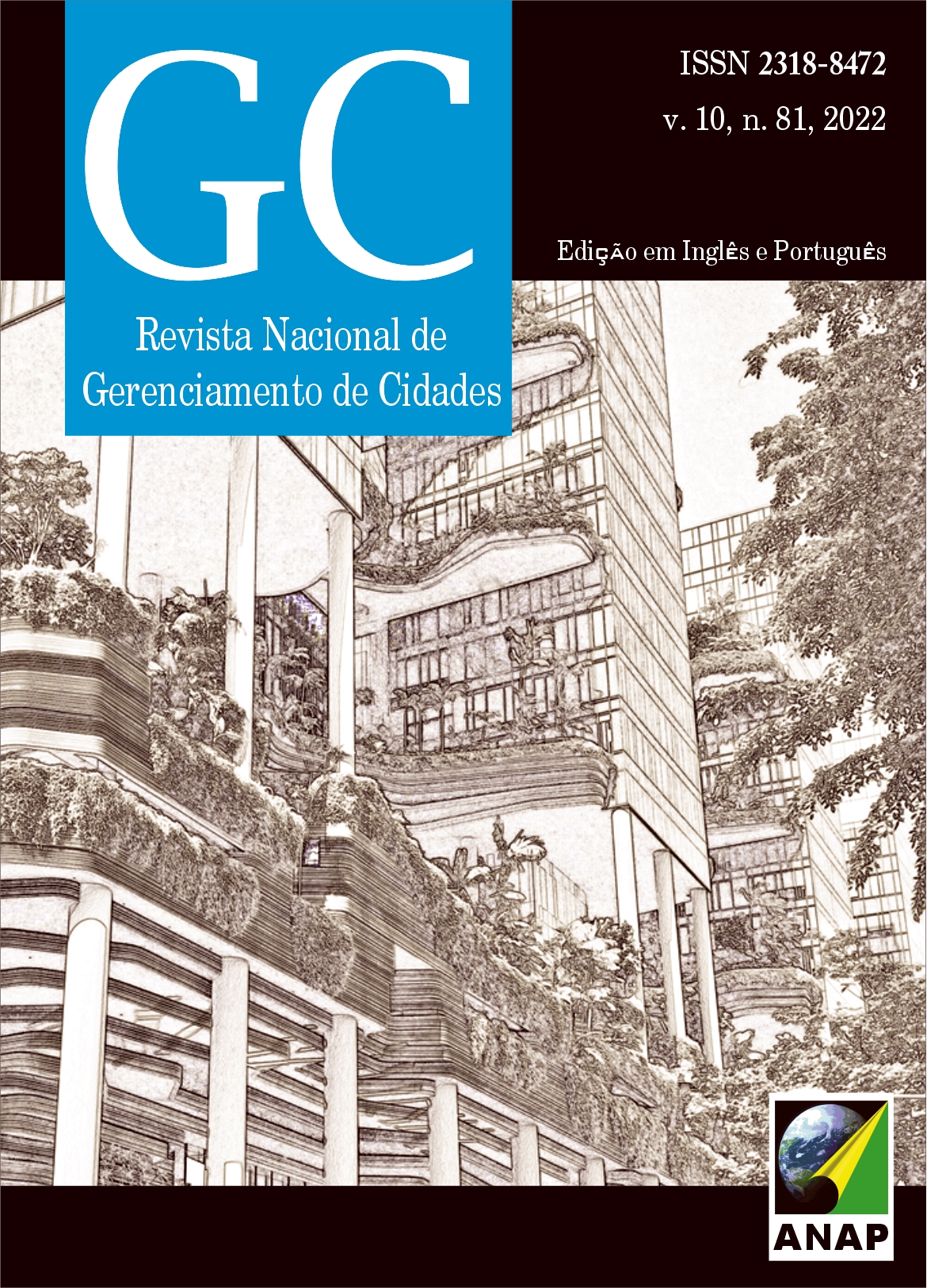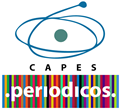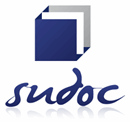The City Emerging from Mobile Applications
DOI:
https://doi.org/10.17271/23188472108120223205Resumo
This article starts from the concept of Communicational Metropolis, proposed by Massimo Canevacci, connecting it to the studies of Lev Manovich, which explain a growing influence of software in our society. With these pillars, a reflection is presented on the conception of a softwarized communicational metropolis that emerges from the use of applications for mobile communication devices. These mobile media have become central for providing mobility to the user who circulates through physical spaces, promoting greater interaction with the territorial context and causing new dynamics of communication and conviviality. Recent data lead us to believe that in a short time practically all mobile phone devices will be smartphones, a fact that will reconfigure established urban practices once and for all. In this context, a set of applications for mobile devices that articulate urban issues emerges as a contemporary instrument that talks in different ways with this multiple metropolis, from the conception of its practices to the cultural changes that they cause. To answer the questions of this research and identify the transformations that took place, Walter Benjamin's character flâneur was used as a methodological resource that led to the definition and analysis of 10 contextual fragments extracted from the metropolis observed in the apps and their images. The intersection of these fragments highlighted particularities and dynamics that updated the understanding of Communicational Metropolis, interpreting it as a combination between its streets, avenues and the dynamics caused by the apps on them, that is, a composition between the mobile applications themselves and the communicational metropolis with which they interact.
Downloads
Referências
Publicado
Edição
Seção
Licença
Direitos autorais (c) 2022 Revista Nacional de Gerenciamento de Cidades

Este trabalho está licenciado sob uma licença Creative Commons Attribution-NonCommercial-ShareAlike 4.0 International License.















